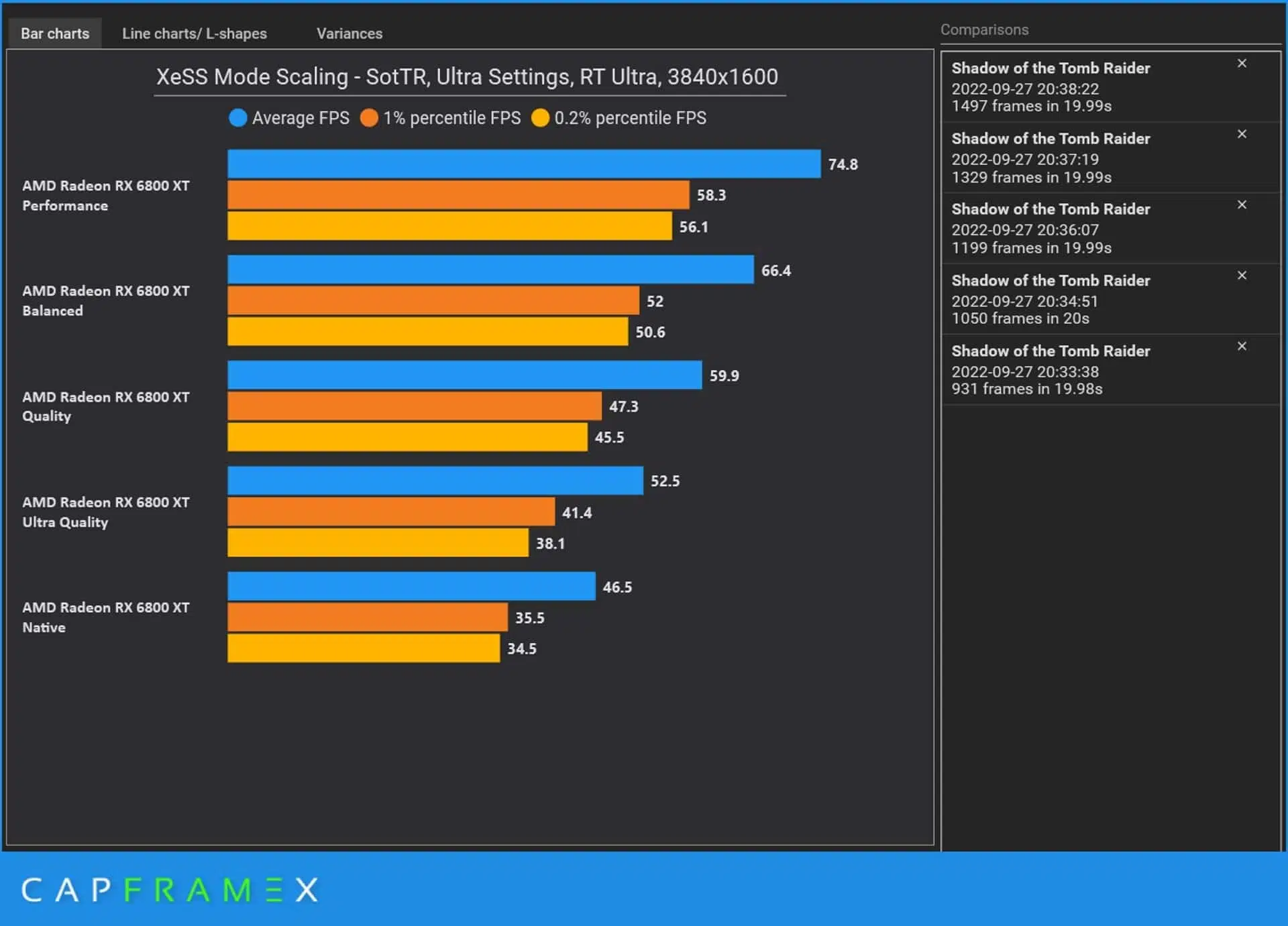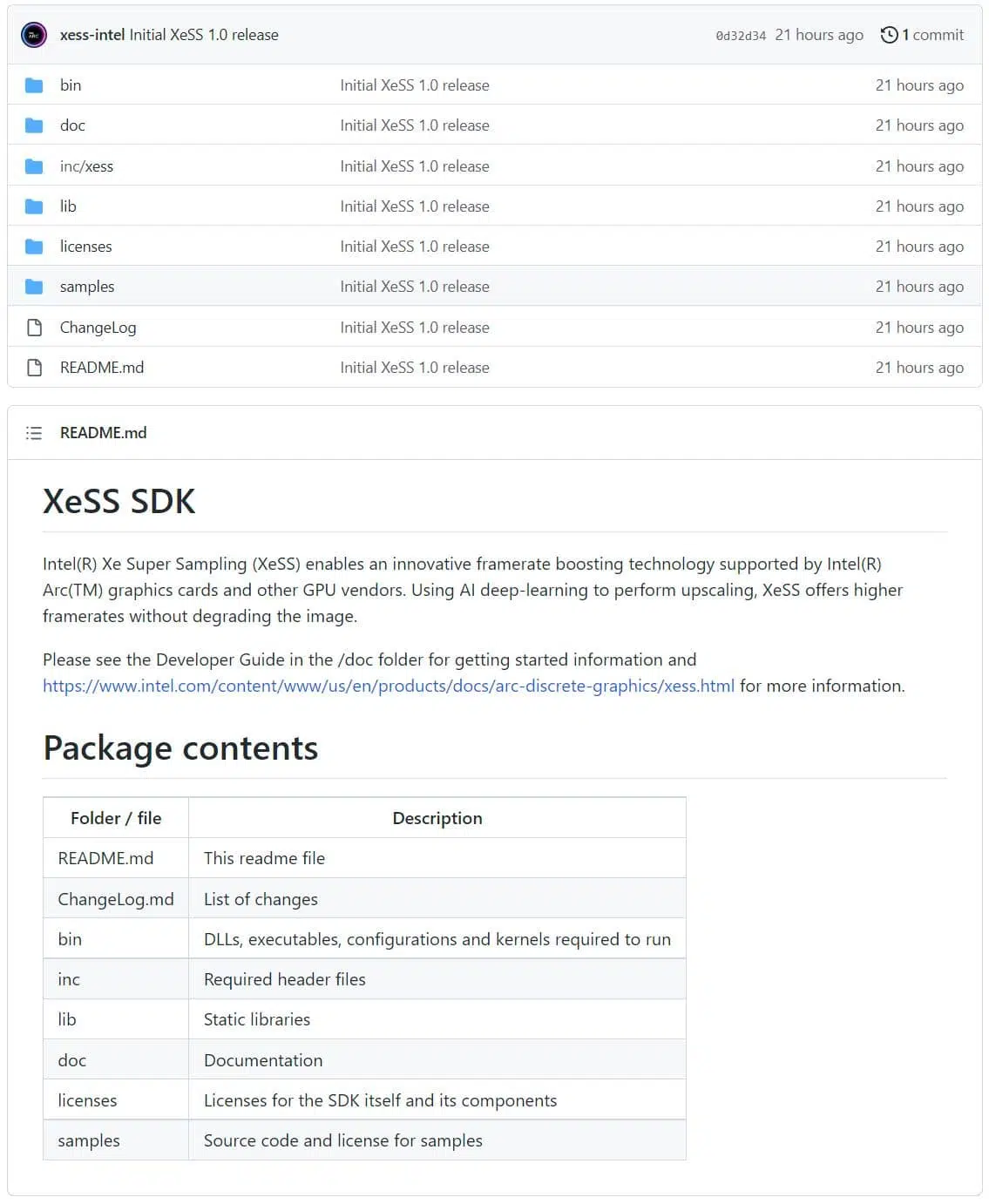
Shadow of the Tomb Raider has received a new patch adding support for Intel’s upscaling solution and has already been benchmarked with it. This update was rolled out the same day as Intel announced the release date for its upcoming Intel Arc A770 graphics card so it’s probably a safe bet that benchmarks for that card will be forthcoming once the embargo is lifted.

The new solution shows promise as another alternative for improved performance metrics and is now the second non-proprietary method to become available following AMD’s FidelityFX Super Resolution (FSR) technology. Testing was done at 4K using the in-game Ultra preset with ray tracing also set to Ultra. In performance mode, the Radeon RX 6800XT gained nearly 30 FPS over native rendering for an impressive 74 FPS while Ultra Quality only saw an uptick of 6 FPS which still got the game closer to the sweet spot of 60 FPS many gamers prefer.
In recent years Shadow of the Tomb Raider has become one of the defacto titles to receive patches for numerous new solutions. It’s possible that this is because the way its engine was designed and adding new features may be less difficult for it than others. The 2018 title had already launched with support for DX 11/12, NVIDIA DLSS 1.0, ray tracing, 3D, and DX12 mGPU, thus covering a number of advanced PC features for the time. Later on, it was among the first to get AMD FSR and DLSS 2.0 (albeit later). Add in its use of ray tracing effects and the game becomes a prime candidate for benchmarking rival technologies across many different kinds of hardware at high resolutions.
Intel XeSS 1.0 SDK
Interestingly enough the Intel XeSS 1.0 SDK was also released yesterday on GitHub. While the code may not be completely open-source it does now allow people to experiment with trying to add it to other games using methods already seen where DLSS has been replaced with FSR.

It should be noted that Intel has already stated that XeSS performance will vary by use but when used with its Intel Xe GPUs performance will be better.
Open & Accessible
XeSS is implemented using open standards to ensure wide availability on many games and across a broad set of shipping hardware, from both Intel® and other GPU vendors2.
Additionally, the XeSS algorithm can leverage the DP4a and XMX hardware capabilities of Xe GPUs for better performance.
Source: VideoCardz
